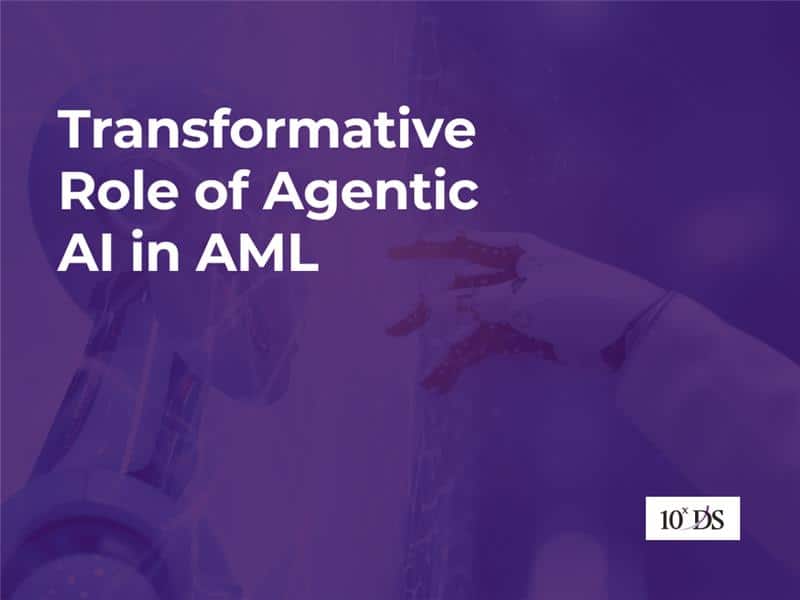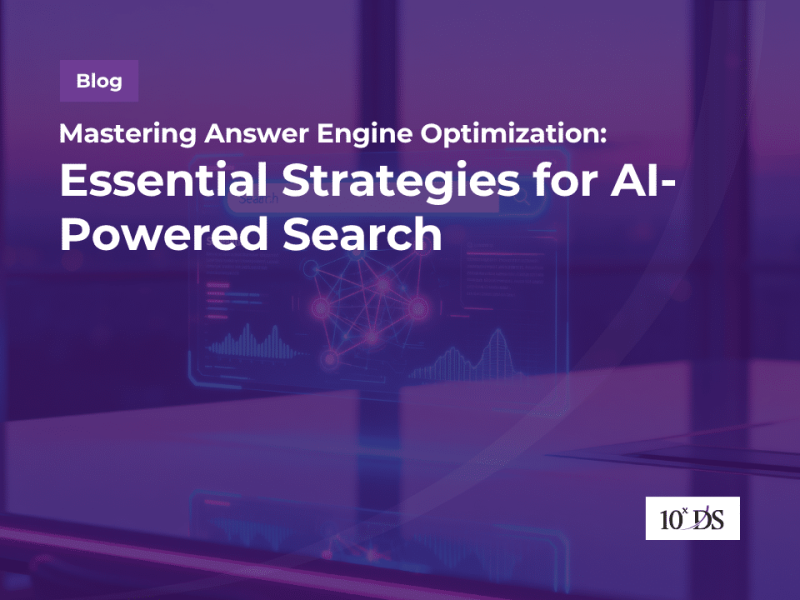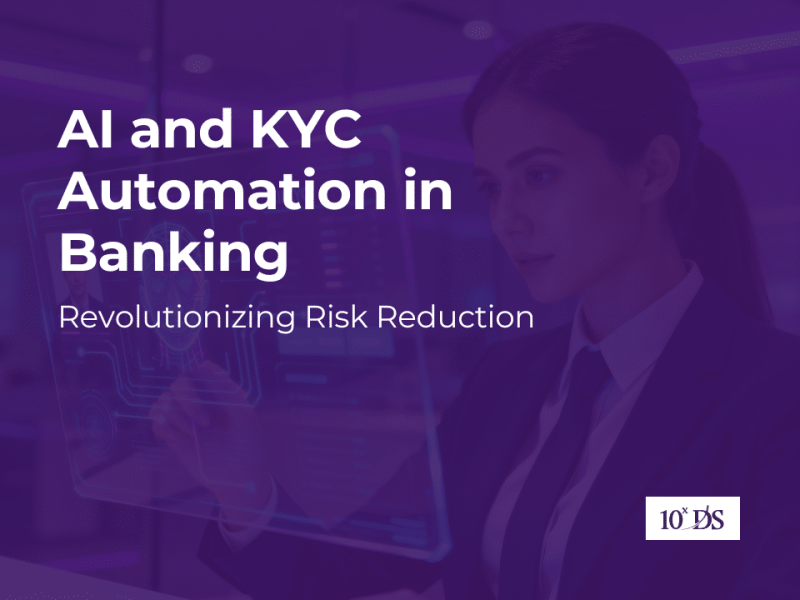
Transformative Role of Agentic AI in AML
In the financial landscape, Anti-Money Laundering (AML) continues to be one of the most complex challenges for banks, fintechs, and regulatory bodies. Traditional methods, though still relevant, are struggling to keep pace with the scale, speed, and sophistication of modern financial crime. Enter Agentic AI—a new breed of artificial intelligence that doesn’t just automate tasks, but actively makes decisions, adapts to its environment, and continuously learns to optimize outcomes.
This blog explores the transformative role of agentic AI in AML, how it differs from conventional AI, and why it’s poised to redefine how organizations detect, prevent, and respond to financial crimes.
Understanding Agentic AI: Beyond Automation
Agentic AI represents a shift from passive, rules-based systems to proactive, goal-driven agents. Unlike traditional AI models that simply respond to inputs, agentic AI systems act with autonomy, contextual awareness, and intentionality. They operate with defined objectives and adapt their behaviour dynamically to achieve those objectives—even in uncertain environments.
In the context of AML, this means moving beyond static transaction monitoring rules or simple anomaly detection. Agentic AI can actively investigate suspicious behaviours, generate hypotheses, prioritize risk cases, and suggest mitigation strategies. It not only reacts—it acts.
The Limitations of Traditional AML Systems
Traditional AML frameworks are built on pre-defined rules, thresholds, and human oversight. These systems generate alerts based on fixed criteria, such as transaction size, frequency, or geography. While they serve as a basic filter, they suffer from several limitations:
- High false positive rates, overwhelming compliance teams with irrelevant alerts.
- Static rules that can’t keep up with evolving money laundering techniques.
- Limited ability to connect disparate data points across systems and geographies.
- Manual investigations that are slow, subjective, and resource intensive.
As financial crime becomes more sophisticated and decentralized, these legacy systems struggle to scale or adapt. This is where agentic AI in AML offers a transformative path forward.
How Agentic AI Transforms AML Operations
Agentic AI changes the very fabric of AML by bringing intelligence, agility, and strategic foresight into compliance operations. Let’s examine the core areas where its impact is most profound:
1. Intelligent Surveillance and Detection
Instead of relying solely on transaction thresholds or blacklists, agentic AI builds dynamic behavioural models of customers, counterparties, and networks. It tracks activities over time, learns from previous patterns, and identifies nuanced deviations that may signal risk.
For example, if a customer suddenly changes their transaction behaviour in ways that mirror known laundering patterns, the AI doesn’t just raise a generic alert—it evaluates context, assesses intent, and flags it with supporting evidence. It can even suggest next steps for investigators.
2. Autonomous Case Investigation
Agentic AI agents can autonomously collect and analyze information from multiple internal and external sources. When an alert is triggered, the AI gathers transaction history, customer profile data, public records, and relevant regulations. It formulates hypotheses about the nature of the suspicious activity, assesses potential violations, and produces a case summary with a risk score. This reduces dependency on human analysts for low-value data gathering and allows them to focus on judgment-intensive decisions. In some cases, agentic AI can even close false-positive alerts independently based on historical patterns and confidence levels.
3. Adaptive Risk Scoring
Unlike static scoring models, agentic AI evolves in real time. It continuously recalibrates its understanding of what constitutes risk based on new information, outcomes of past investigations, or changes in geopolitical or market environments. If a new typology of money laundering emerges, the AI doesn’t wait for a manual update—it can detect the change in patterns and adjust its scoring algorithms accordingly, making compliance teams more responsive to emerging threats.
Operational Benefits and Strategic Advantages
Implementing agentic AI in AML operations doesn’t just improve efficiency—it enables a strategic leap forward. Here are the most critical benefits organizations can expect:
Reduced False Positives and Alert Fatigue
One of the biggest pain points in AML compliance is the avalanche of false positives. Agentic AI dramatically reduces noise by applying context and learning from past decisions. Instead of flooding analysts with irrelevant alerts, it surfaces high-priority cases with actionable insights.
Faster, Smarter Decision-Making
Time is critical in identifying and responding to financial crime. With agentic AI, investigative cycles that once took days can be reduced to minutes. The AI performs intelligent triage, ranks risks, and can even simulate multiple outcomes to suggest the most efficient investigative paths.
Scalable Compliance Infrastructure
Agentic AI allows organizations to handle greater volumes of data, customers, and transaction flows without proportional increases in headcount. It acts as a virtual compliance assistant, always working, learning, and optimizing—allowing firms to scale compliance without sacrificing accuracy.
Improved Regulator Confidence
Transparency and auditability are built into modern agentic AI systems. They don’t just act—they explain. When a decision is made, the AI can provide traceable reasoning, helping institutions maintain compliance with regulatory expectations and increasing trust among oversight bodies.
Real-World Applications of Agentic AI in AML
To truly appreciate its value, let’s look at practical use cases where agentic AI is making a tangible impact:
Dynamic Customer Risk Profiling
During customer onboarding and ongoing due diligence, agentic AI continuously evaluates risk based on new behaviors or external data. If a customer suddenly starts interacting with high-risk jurisdictions or changes transaction volumes, the system dynamically updates their risk profile and recommends actions such as enhanced due diligence or temporary account freezing.
Cross-Border Transaction Analysis
In cross-border payments, detecting layering or structuring across multiple entities is extremely complex. Agentic AI traces transactions across entities, banks, and borders, identifying hidden links and suspicious flow patterns. It flags transactions that span multiple shells or intermediaries with high laundering risk.
Network-Based Threat Detection
Agentic AI doesn’t just look at isolated transactions—it analyzes entire networks. By mapping relationships between customers, vendors, and beneficiaries, it can identify collusion, hidden UBOs (Ultimate Beneficial Owners), or organized crime structures masked through legitimate-looking activity.
Challenges and Ethical Considerations
Despite its promise, deploying agentic AI in AML comes with challenges that must be addressed thoughtfully:
Data Quality and Availability
AI is only as good as the data it learns from. Fragmented, outdated, or poor-quality data can lead to unreliable decisions. A strong data governance framework is essential to ensure accurate and consistent information for training and operations.
Bias and Fairness
AI systems can inherit biases from historical data or flawed assumptions. It is critical to monitor agentic AI systems for unfair targeting or exclusionary patterns, particularly when it comes to protected groups or sensitive jurisdictions.
Regulatory Readiness
Many regulators are still adapting to AI-driven compliance tools. Institutions must ensure that agentic AI systems are explainable, auditable, and transparent. Ongoing dialogue with regulators is essential to align AI strategies with legal and ethical expectations.
Human Oversight
While agentic AI brings autonomy, human oversight remains vital. Institutions should implement hybrid decision models where AI handles repetitive or complex analyses, but humans retain final authority over sensitive decisions.
The Road Ahead: A More Resilient AML Ecosystem
The future of AML lies in intelligent, agile systems that not only keep pace with financial crime but outsmart it. Agentic AI in AML is more than a technical upgrade—it represents a shift in mindset from reactive compliance to proactive financial integrity management.
As AI technology matures, we can expect even more sophisticated agentic capabilities: digital compliance agents negotiating with regulators, cross-institutional threat intelligence sharing powered by federated learning, and AI auditors continuously scanning systems for policy breaches.
Organizations that embrace this shift early will not only reduce compliance costs and risks but also position themselves as leaders in responsible innovation and digital trust.
Conclusion
The rise of agentic AI in AML is a defining moment in the evolution of financial crime prevention. By moving beyond automation into the realm of decision-making, learning, and self-improvement, agentic AI enables compliance teams to be more effective, efficient, and strategic. While challenges remain—particularly around governance, ethics, and regulation—the benefits of agentic AI are undeniable. Financial institutions that invest in this technology today will be far better equipped to navigate tomorrow’s risks. In a world where financial crime grows more sophisticated by the day, it’s not enough to watch and react. With agentic AI, organizations can lead and outmaneuver.


